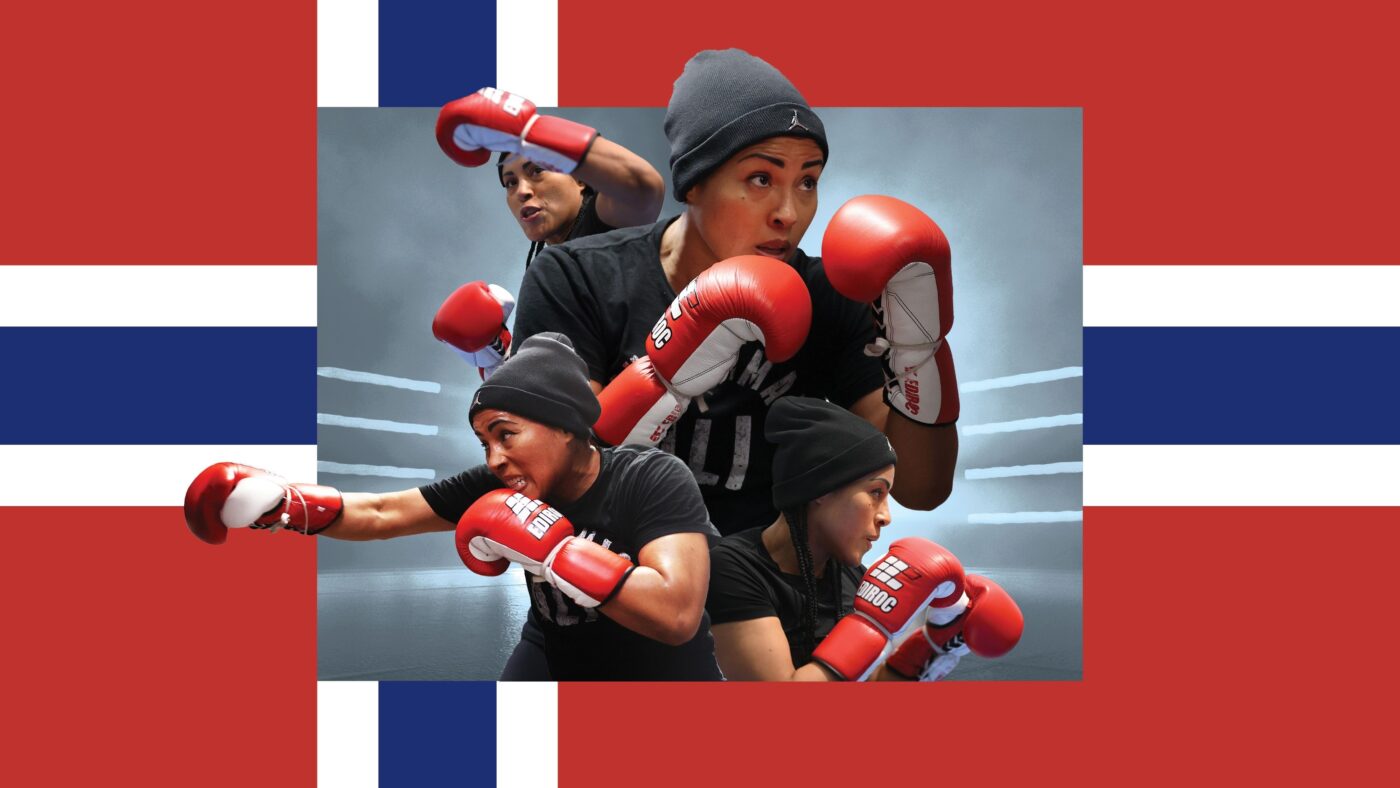News
Cecilia Brækhus Was Told That Women Were Not Allowed In Boxing Gyms. She Still Became A Champion Despite The Ban On The Sport

Cecilia Brækhus Was Told That Women Were Not Allowed In Boxing Gyms. She Still Became A Champion Despite The Ban On The Sport
The Girl Who Was Told “No” — And Answered With Her Fists
Imagine being told your dream was illegal.
Not just frowned upon — but banned outright.
That’s what Cecilia Brækhus heard when she first stepped toward a boxing gym in Bergen, Norway. A country where women’s boxing was literally outlawed until 2001. Yet she didn’t turn back. She didn’t lower her gaze. She pushed through every “no,” and transformed them into championship belts.
Today, she’s called “The First Lady of Boxing” — the woman who changed not just the fight game, but the very idea of what women were allowed to be.
When the Ring Was Closed to Women: Norway’s Ban on Female Boxing
In the 1980s and 1990s, Norway saw boxing as too brutal, too violent — and definitely too “unfeminine.”
For women, the ban wasn’t symbolic. It was law.
No licenses. No official gyms. No sanctioned fights.
Even training was a quiet act of rebellion.
Cecilia Brækhus grew up in this silence. Born in Cartagena, Colombia and adopted by a Norwegian family, she learned early what it meant to belong to two worlds — and to fight to claim her place in both.
She first trained in kickboxing because boxing was off-limits. But once she felt the rhythm, the rhythm chose her back. Boxing was her music, her rebellion, her purpose.
Punching Through The Ban: A Fight Beyond The Ring
When the Norwegian ban finally lifted in 2001, Brækhus didn’t just enter the sport — she detonated it.
Her style was electric: fluid yet precise, elegant but devastating. Every jab was rhythm, every hook a chorus. She wasn’t just a boxer — she was composing a new anthem for women in combat sports.
She turned pro in 2007 and went on an unstoppable streak. Undefeated in her first 36 fights, she became the first woman ever to hold all major world titles — WBA, WBC, IBF, and WBO — simultaneously.
They said women couldn’t draw crowds.
Cecilia Brækhus sold out arenas across Europe.
They said boxing was a man’s world.
She became its most complete fighter.
From Underdog to Icon: The Cultural Impact of Cecilia Brækhus
Like a rockstar breaking through an outdated genre, Brækhus didn’t just fight opponents — she rewrote the cultural script.
In a world obsessed with gender lines, she blurred them.
In a sport built on tradition, she reinvented it.
Her victories opened doors for a new generation of female fighters — from Katie Taylor to Claressa Shields — who now headline major boxing events with the same energy, swagger, and artistry as their male counterparts.
Brækhus’ story resonates far beyond the ring. It’s a reminder to every young woman staring down a closed door: you can kick it open, or punch right through it.
The Soundtrack of a Champion: Rhythm, Power, and Persistence
Boxing, like music, has rhythm.
There’s the footwork — the tempo. The breath control — the bass line. The impact — the crescendo.
Cecilia understood this dance instinctively. Her fights were symphonies of control and courage — her gloves instruments of defiance. Watching her fight was like watching Joan Jett step onstage, or Florence Welch belt a note that cracked the sky open.
Her career felt less like a series of matches and more like a concept album — a narrative of rebellion, endurance, and artistry.
Legacy and the Future: Where the First Lady Leads, Others Follow
Now in her 40s, Brækhus stands as both pioneer and mentor. She has inspired the creation of new women’s boxing programs in Norway, and her influence continues to ripple across Europe and beyond.
Streaming services broadcast women’s fights in prime time.
Girls lace up gloves with pride.
And in gyms once closed to them, the echoes of Brækhus’ punches still resound — steady, powerful, unstoppable.
How To Experience Cecilia Brækhus’ Legacy Today
Even if she’s no longer fighting every weekend, you can still feel her spirit in the places that shaped her story.
Visit the Boxing Gyms That Once Said “No”
In Oslo and Bergen, several boxing gyms now honor her journey. Many host open training sessions for girls and women — a living testament to how far the sport has come.
Attend a Women’s Boxing Event
Major promotions like Matchroom and Sauerland now headline women’s bouts in iconic arenas such as London’s O2 and Madison Square Garden. Book early — the energy rivals that of any rock concert.
Stay Near the Action
If you’re traveling to a major European fight night:
- Oslo: Stay near the Barcode District — modern, central, and close to train links.
- London: The Canary Wharf area offers luxury hotels and easy Tube access to O2.
- Berlin: For fights in Germany, Mitte is ideal — culture, nightlife, and boxing history in one place.
Final Round: A Call to Every Dreamer
Cecilia Brækhus’ story isn’t just about boxing — it’s about resistance through rhythm.
About hearing the word “no” and translating it into a new language of power.
Her journey proves that the fight for equality isn’t a single battle — it’s a movement, a song that keeps evolving, beat by beat, generation after generation.
So whatever your arena — the stage, the studio, or the ring — step into it like Cecilia did:
With heart, with rhythm, and with the courage to swing back.
Because every revolution starts with a single punch — and sometimes, that punch sounds like music.
